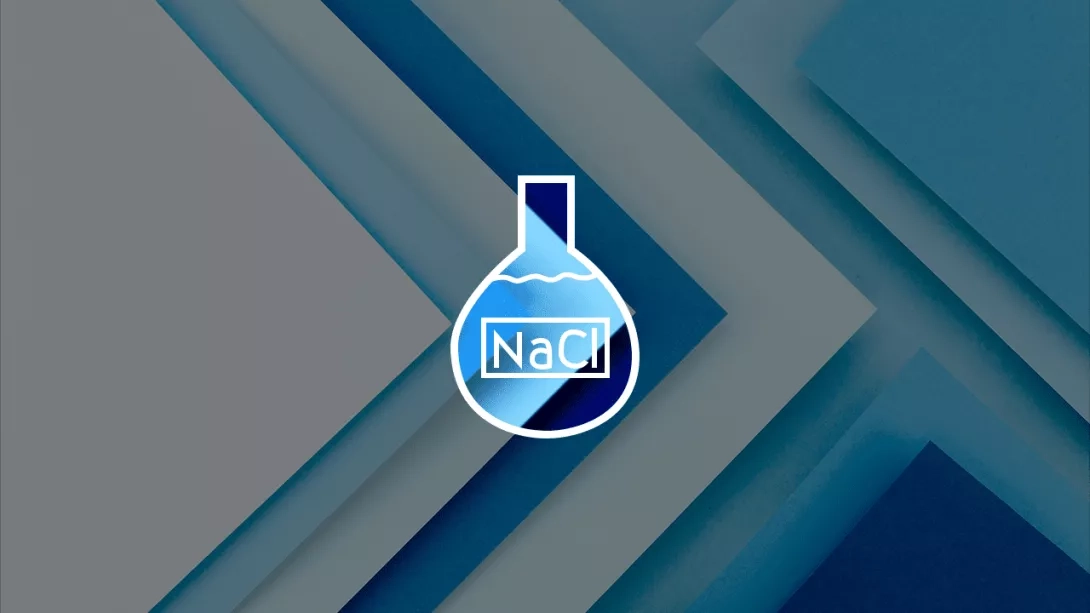Introduction
Adding salt to your water softener is a crucial maintenance step that ensures the system functions effectively. This article delves into the significance of this process, the benefits of periodic maintenance, and choosing the right salt for your water softener.
Hard Water Issues
Hard water, characterized by high mineral content, primarily calcium and magnesium, can cause various problems in your home, from scale buildup in pipes to reduced soap efficiency. A water softener mitigates these issues by exchanging these minerals for sodium ions, a process that relies on salt.
The Benefits of Periodic Maintenance Checks
Regular maintenance checks of your water softener, including monitoring salt levels, are essential to ensure its efficiency and longevity. These checks can prevent common problems such as salt bridges and maintain consistent water quality.
Ensuring You Get the Right Kind of Water Softener Salt
There are different types of water softener salt available, including rock, solar, and evaporated salt. Choosing the right one depends on your softener model and your specific water hardness level.
Water Softener Salt Delivery Can Keep Soft Water Flowing
Consistent salt delivery to your water softener is key to maintaining its performance. Regularly adding salt ensures the system can effectively soften water, providing you with the many benefits of soft water.
Conclusion
Timely addition of salt to your water softener is a simple yet crucial aspect of maintaining your water treatment system. For more information on water softeners and their maintenance, visit Ecosoft's Point of Entry Systems and Filter Media.
Faqs
Are there noticeable signs or symptoms that indicate when it's time to add salt to the water softener?
Signs include changes in water quality, such as feeling a slippery texture on the skin or spotting scale buildup on fixtures.
How frequently should salt be added to ensure optimal performance of a water softener?
The frequency depends on the hardness of your water and the amount of water used, but generally, it's recommended to check and refill salt every 1-2 months.
Is there a specific type of salt that is best for maintaining water softeners?
The best type of salt depends on your water softener model and water hardness. Solar and evaporated salts are generally more pure and efficient.
What happens if you neglect to add salt to your water softener as recommended?
Neglecting to add salt can lead to reduced efficiency, allowing hard water minerals to build up in your plumbing and appliances.








